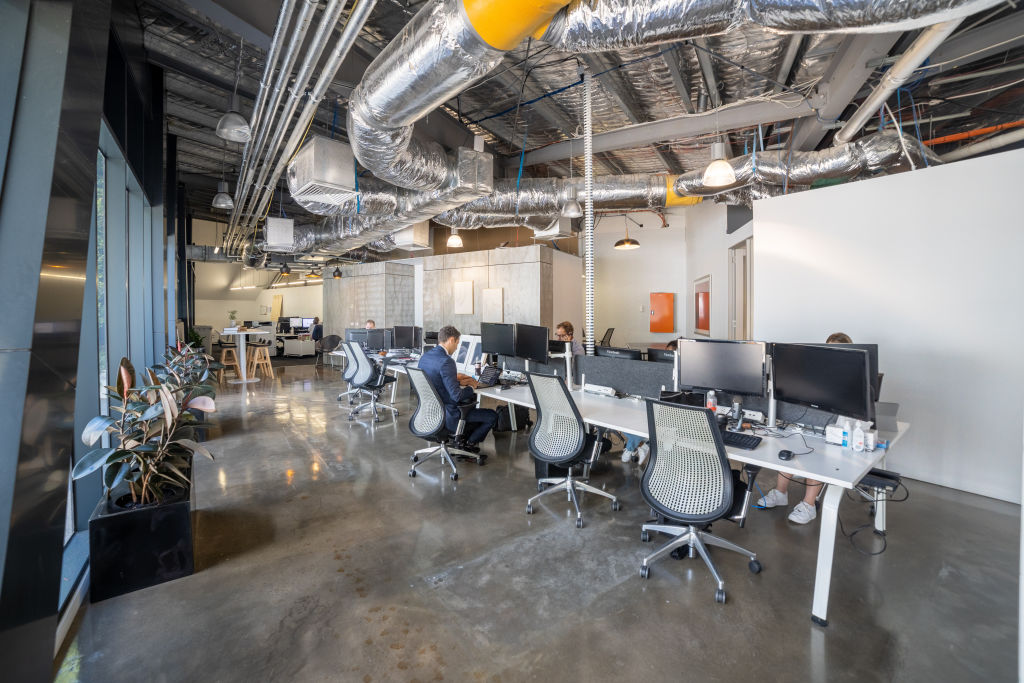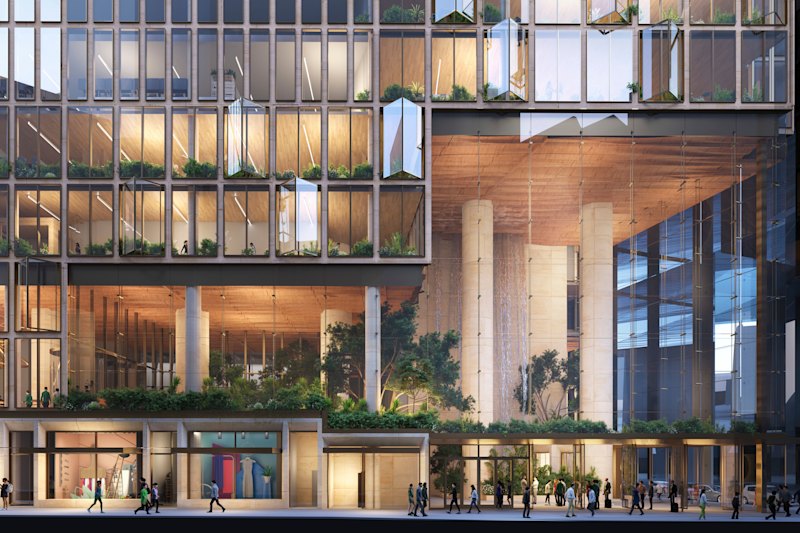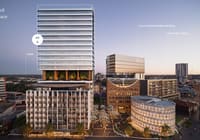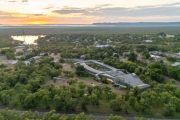
CBD versus fringe: The changing office landscape
The push to attract talent and reduce outgoings has seen businesses carefully consider their floor-space requirements in recent years.
The Property Council of Australia’s January 2024 Office Market Report revealed office vacancies are still rising.
Over the six months to January, CBD office vacancy increased from 12.8 per cent to 13.5 per cent nationally, while non-CBD areas rose from 17.3 per cent to 17.9 per cent.
Studying the council’s analysis, it appears this large supply of available space has become entrenched. Five of its past 10 reporting periods were marked by historically high levels of supply in the CBD, while the number for non-CBD office space was seven in the past 10.
Dermot Lowry, group executive director, commercial and advisory at Acumentis, says prime and A-grade space in city centres is being competitively priced by owners.
“Compared to historical norms, some of the deals being offered in the CBD are huge,” he says. “In a low-unemployment environment, competition for staff is still heavily influenced by three key aspects: high-quality workplaces, great local amenity, and access to well-connected public transport.
“This combination is still most commonly found in CBDs, and when coupled with highly favourable rental deals, the pattern of a ‘flight to quality’ comes to the fore.”
But this draw to the CBD has come at the expense of fringe and suburban office assets.
While Lowry confirms that many tenants are currently shying away from fringe buildings, markets are cyclical and there are paths for owners outside of CBDs to mitigate their risks in the long term.
“There are some big challenges ahead but landlords who can find a way to invest in their assets and enhance and improve their buildings now will be the ones that accelerate out of this downturn better than the others,” he says.
Lowry says fringe and suburban market prospects could also be bolstered by some large organisations exploring the “hub and spoke” model as they grapple with hybrid work.
“This means they’ll have a core CBD office with a network of fringe and suburban offices closer to people’s homes so they can access as much of the workforce as possible,” he says.
Herron Todd White commercial director Angeline Mann agrees that fringe and suburban offices have been challenged, but sees room for them to prosper in the future.
“In the past, if the city got too expensive, people looked to the fringe,” she says. “Tech companies traditionally have loved fringe space – particularly if its near public transport.”










